Small innovation steps with a big impact
Asset innovation, the development of new assets, is a continuous improvement process of an existing system. The importance of Artificial Intelligence (AI) in planning, evaluating and implementing innovation and optimization steps for investments in production plants and their operation will grow strongly in the future. AI opens up new possibilities for evaluating the performance data of existing plants and simulating the effects of modifications. This allows engineers to run various scenarios on a digital twin when designing or redesigning plants and implement precisely those changes that promise the greatest productivity gains.
AI thus makes a decisive contribution to the economic viability of a plant right from its acquisition and design. In addition, AI accompanies the continuous asset innovation process over the entire life cycle of a plant and provides the differentiated data basis required for profitable adaptation and control of productive components.

Figure 1 shows how the overall process from initial planning to the start of production is shortened because the use of AI enables the different design phases to be carried out in parallel or more time efficient. The subsequent implementation and especially the start-up are also accelerated by AI, since different scenarios have already been taken into account during the planning phase and which minimizes rework. The accelerated innovation cycle represents a decisive market advantage in an increasingly fast-moving competitive environment.
From market demand to plant design
The decisive factor for the design of a production plant is the market demand for the products produced. AI evaluates available sources on market demand, simulates future market trends and analyzes possible influencing factors. This results in market forecasts that give reliable probabilities as the basis of decisions about product variants, production quantities and the resulting investments. This avoids bad investments and opens profitable ways to modify and expand the plant.
The basis for the economic selection of components is always a comprehensive life cycle assessment. The AI can draw on operating data from previous plants, such as equipment availability, wear parameters, as well as the frequency of malfunctions and the resulting costs depending on the area of operation. In the process the AI prices far more influencing factors into the calculation than would be possible without software support. Even for very specific applications of equipment for which there are no precedents yet, AI can make viable predictions as the amount of training data increases. It uses pattern recognition techniques and makes predictions for the performance of components in an intended application area. What initially applies to individual components is gradually extended to groups of components, process steps and entire production lines. The AI follows a catalog of requirements and finds the optimal combination of components for the new development or modification of a plant. To obtain data of the necessary breadth and quality for such a virtual plant design, a digital twin is used. It also provides the software environment for the storage and further processing of the data and the exchange of data between the plant manufacturer and the plant operator.
Virtual commissioning
The digital twin is also the platform for virtual commissioning (VC). The term represents the testing of virtual production systems prior to physical deployment. Thus, a new plant that is still under development can be simulated in a digital environment with its control system. Errors are detected earlier and crash situations, accidents and production interruptions can be avoided. Furthermore, additional customer requirements can be evaluated earlier and the resulting project changes and any additional costs can be better calculated.
Overall VC leads to a significant acceleration of the commissioning process, the production ramp-up phase and thus to a shorter “time to market”. With AI virtual commissioning will become more and more important and will be used earlier and earlier in the development process. Even before the design freeze or even during the quotation phase, production processes can be simulated and appropriate improvements implemented. The digital twin thus makes a decisive contribution to practical and efficient innovation of assets.
Outlook
Artificial intelligence is an essential component of new equipment development with growing importance. In analyzing the market on the one hand and forecasting lifecycle costs on the other, AI’s pattern recognition capabilities are more in demand than ever to address increasingly complex market volatilities and production processes. AI-driven improvement loops in asset planning and digitization of commissioning shorten the asset innovation process, reduce procurement and lifecycle costs, and guarantee a fast “time to market”. The basis for these optimizations is in any case a structured database. Production, malfunction and cost data must therefore already be recorded as best as possible today in order to implement appropriate AI solutions based on this data. Companies that are already focusing on the strategic further development of the asset innovation process will gain decisively in competitiveness.
ConMoto supports you in the digitalization of asset innovation processes in your company with years of experience and the know-how of our consultants. We know the latest in technology and how you can profitably apply the capabilities of AI to your business. Contact us.



 Deutsch
Deutsch